Lanasia - Fashion made from recycled plastic waste

Latest news
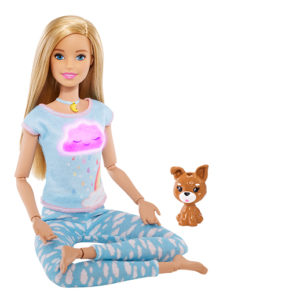
-ADVERTISEMENT- The wellness and fitness trend has arrived in the …

The fight against environmental destruction and the climate crisis are …

Anyone looking for new products in the field of toys, …
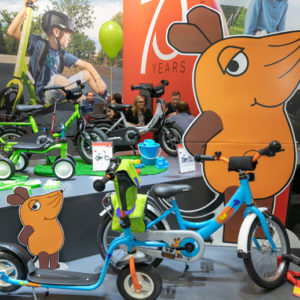
It is a market with huge dimensions and great potential. …
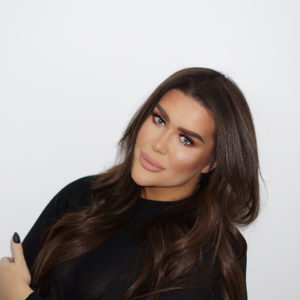
For companies, a social media presence has become indispensable and …
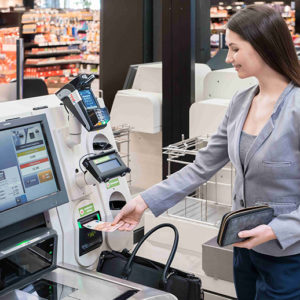
Hardly anything disturbs customers as much as waiting at the …

Research by TV station RBB has shown that some outlet …
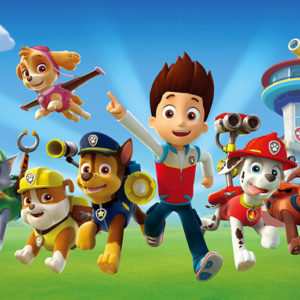
The industry association Licensing International (formerly LIMA) has honored outstanding …
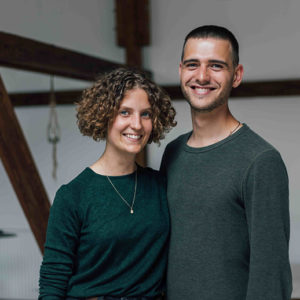
Communications manager Hannah König and managing director Stephan Schenk are …
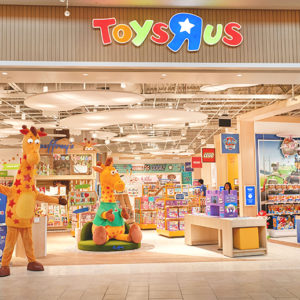
The toy dealer wants to leave his insolvency behind him. …
The start-up Lanasia was founded in 2018 by the sisters Lisa-Maria and Anna-Sophia Beck. The focus is on sustainable fashion made from recycled plastic waste. In an interview with Luna Journal, Lisa-Maria Beck explains how plastic waste is used to produce a material for textile production.
Why did you choose recycled plastic waste when choosing the fabric?
Our love for nature and natural materials gave us the idea to produce our high-quality swimwear collection as sustainable as possible. Finally we found in the use of recycled plastic, which is obtained from plastic waste, including marine waste, a raw material that does justice to our company philosophy. True to our motto: Sexy & Sustainable Swimwear
Which products in your range are made from recycled plastic waste?
The mix of feminine, trendy & sustainable designs makes up the special mix of our designer fashion for women. The exceptional origin of our recycled fabrics fits seamlessly into the interplay of tradition and innovation that defines Lanasia’s ́s vision of sustainable quality. Our complete swimwear collection as well as various Ready to Wear styles (such as the Parisienne Dress or the NY Blazer & NY Rock) are made from recycled plastic. We also use organic cotton, Tencel and Tweed for our women’s fashion.
How does plastic waste become a fabric for bikinis?
There are companies that specialize in collecting post-consumer waste (plastic bottles, fishing nets, etc.) that are difficult to pick up from the sea, clean it and then process it as regenerated nylon into a synthetic fiber and then into a fine fabric. This serves ultimately as raw material for the production of the Lanasia designs. They are super soft, two-way stretchable, chlorine resistant and UV protected.
How do you test the fabric for skin compatibility?
We have tested our products over a certain period of time with different skin types and have not experienced any complaints.
Why did you choose recycled plastic instead of normal plastic?
For different reasons:
Our passion for recycled materials came naturally, grown in a natural rural environment and worried about a clean ecosystem, we knew from the beginning how important and valuable corporate sustainability is. The use of recycled materials is a matter of conviction in our company.
2. Lanasia wants to help free our planet from plastic waste by using recycled materials.
3. Offset CO2 emissions. The production of 10,000 tons of the raw material regenerative nylon saves 10,000 barrels of oil compared to the conventional production of nylon and avoids a Co2 output of 57,100 tons. Regenerative nylon reduces the greenhouse effect of nylon by up to 80% compared to production with oil.
4. With our recycled swimwear collection we meet the spirit of the times.
Where are Lanasia’s production facilities located?
Our designer women’s fashion (Ready to Wear) is manufactured in Portugal. The production plant for our swimwear is located in Indonesia, our recycled fabrics all come from Italy.
Their bikinis are in the higher price segment. How do you justify this?
Lanasia is not a fast fashion company. The fabric is significantly more expensive to buy than normal nylon. In addition, the prices for bikini sets apply, i.e. theoretically you pay around 90 euros each for a lower and upper part. The price-performance ratio speaks for the claim of our brand.
You launched your online shop at the end of February 2019. What has been your response so far and how many orders have you received since then?
We were able to achieve an extraordinarily positive response. This is confirmed by the numerous articles in a broad media landscape throughout Germany.
In the first 6 months we were already able to generate a 6-digit amount of turnover.
Are you represented with Lanasia also in the stationary trade?
Lanasia is already represented in the stationary trade in Munich, Rostock & Warnemünde. The stationary partner stores will be successively expanded.
How important is an online presence for companies nowadays?
The online presence is supposed to reflect the brand philosophy and the uniqueness of a brand and is the business card of a company in today’s world.
Do you communicate offensively about your environmentally friendly production?
We proactively communicate the production of our fabrics from recycled nylon and continuously strive to question and possibly optimise our sustainability potential.
How did you acquire the knowledge to start a Modelab?
We both come from an entrepreneurial family. It was clear to us that we would sooner or later start our own business after completing our studies. Since we were young, we have both had a passion for fashion and a keen sense of trends. With the launch of Lanasia, we want to bundle our individual strengths and create something extraordinary together.
Are you planning to expand your range of children’s clothing in the future?
No, we will specialise exclusively in sustainable fashion for women.
What sales target have you set yourself for your fashion brand Lanasia by the end of the year?
We pursue our goals according to our business plan and have a medium to long-term horizon. Our launch has been extremely successful and we are ahead of our targets in almost all parameters.
You might be also interested in:
Seal of approval around sustainability – how to stay on top of things
Zara and H&M decline in the ranking of the most valuable retail brands
Image: Lanasia
//JP



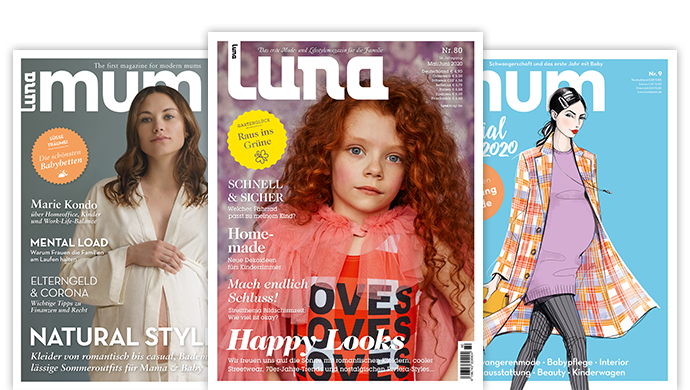
Leave a Reply